Home>Furniture & Design>Office Furniture>How To Fix A Wobbly Office Chair
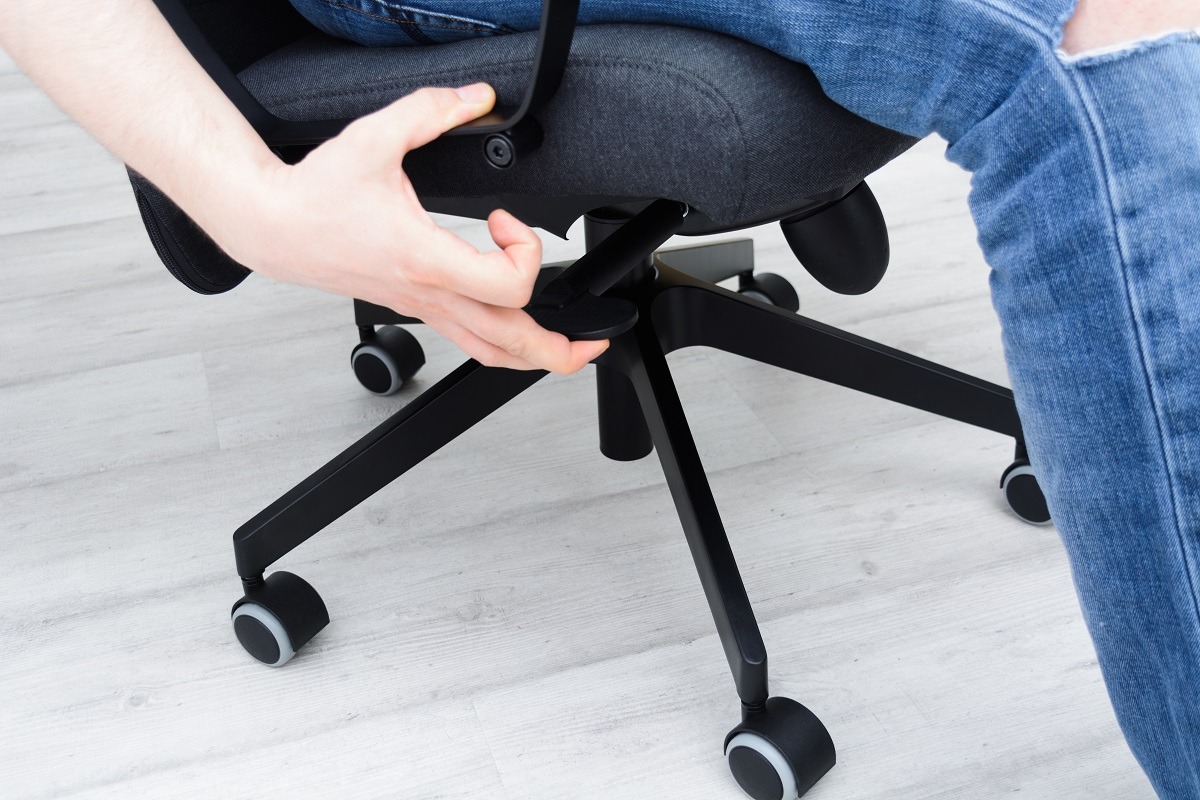

Office Furniture
How To Fix A Wobbly Office Chair
Modified: January 14, 2024
Learn how to easily fix a wobbly office chair with simple steps. Improve the stability of your office furniture and enjoy a more comfortable workspace.
(Many of the links in this article redirect to a specific reviewed product. Your purchase of these products through affiliate links helps to generate commission for Storables.com, at no extra cost. Learn more)
Introduction
Office chairs are essential pieces of furniture in any workplace, providing comfort and support for long hours of sitting. However, over time, these chairs may develop issues such as wobbling, which can be both frustrating and detrimental to productivity. A wobbly office chair not only compromises the user’s comfort but also poses potential safety hazards. Fortunately, many wobbling issues are easily fixable with some basic tools and a little know-how.
In this comprehensive guide, we will explore various common causes of wobbling in office chairs and provide practical solutions to address each issue. Whether it’s loose screws, worn casters, malfunctioning height mechanisms, or faulty swivel mechanisms, we’ve got you covered. By understanding how to diagnose and remedy these problems, you can extend the lifespan of your office chair and create a more ergonomic and stable seating experience.
So, if you’ve ever found yourself frustrated by a wobbly office chair, fear not. By the end of this guide, you’ll be equipped with the knowledge and skills to tackle these issues head-on, ensuring that your office chair remains a reliable and comfortable companion throughout your workday.
Key Takeaways:
- Don’t let a wobbly office chair slow you down! Tighten loose screws and replace worn casters to restore stability and comfort, creating a safer and more ergonomic workspace.
- Take control of your seating experience! Regularly assess and maintain your office chair’s height and swivel mechanisms to prevent wobbling, promoting better posture and productivity.
Read more: How To Fix Wobbly Dining Chairs
Assessing the Issue
Before diving into the specific fixes for a wobbly office chair, it’s crucial to first identify the root cause of the problem. Wobbling can result from various issues, and a systematic assessment can help pinpoint the exact source of the instability. Here are some steps to assess the issue:
- Check for Loose Components: Begin by inspecting the chair for any visibly loose components. This includes screws, bolts, and other fasteners that may have become detached or are no longer tightly secured. Pay close attention to the base, seat, and backrest of the chair.
- Test the Casters: Roll the chair back and forth to determine if the casters are functioning properly. Worn or damaged casters can lead to instability, causing the chair to wobble or tilt unnaturally.
- Assess the Height Mechanism: If the chair features a pneumatic height adjustment mechanism, test it to see if it is functioning smoothly. A faulty height adjustment can contribute to an uneven and wobbly seating experience.
- Examine the Swivel Mechanism: Rotate the chair to assess the swivel mechanism. A malfunctioning swivel can lead to instability and an unsteady feel when sitting in the chair.
By thoroughly evaluating these key areas, you can gain valuable insights into the specific issues affecting your office chair’s stability. Once you’ve identified the root cause, you’ll be better equipped to proceed with the appropriate solution, whether it involves tightening loose components, replacing worn parts, or adjusting the chair’s mechanisms.
Remember, a comprehensive assessment is the first step towards effectively addressing a wobbly office chair. With a clear understanding of the underlying issues, you can proceed with confidence, knowing that you’re on the path to restoring your chair’s stability and functionality.
Tightening Loose Screws
One of the most common culprits behind a wobbly office chair is loose screws and fasteners. Over time, the constant movement and use of the chair can cause these components to gradually loosen, leading to instability and an unsteady seating experience. Fortunately, addressing this issue is relatively straightforward and requires only a few basic tools.
To begin, carefully inspect the chair for any visible signs of loose screws or bolts. Pay close attention to the base, seat, armrests, and backrest, as these areas often house the primary fasteners that hold the chair together. Using a screwdriver or appropriate tool, gently tighten any loose screws, ensuring that they are securely fastened without over-tightening, which could potentially damage the threads or the surrounding material.
It’s important to systematically go through each screw and bolt, checking for stability and making adjustments as needed. Additionally, consider applying a thread-locking adhesive to the fasteners to help prevent them from loosening over time. This simple yet effective solution can significantly enhance the structural integrity of the chair, reducing wobbling and ensuring a more stable seating experience.
When tightening screws and bolts, it’s advisable to refer to the chair’s user manual, if available, for specific guidance on the recommended torque or tightening sequence. Following the manufacturer’s instructions can help maintain the chair’s structural integrity and prevent potential damage during the tightening process.
By addressing loose screws promptly, you can eliminate a common cause of wobbling in office chairs and restore stability to your seating environment. This proactive approach not only enhances the longevity of the chair but also contributes to a safer and more comfortable workspace for users.
Replacing Worn Casters
Worn or damaged casters can significantly contribute to the wobbling and instability of an office chair. Casters, also known as wheels, play a crucial role in facilitating smooth movement and mobility across various floor surfaces. Over time, these components can wear down, accumulate debris, or develop uneven wear patterns, ultimately compromising the chair’s stability and maneuverability.
To address this issue, begin by examining the casters for signs of wear, damage, or obstruction. Look for flattened or worn wheel treads, cracks in the caster housing, or debris that may impede the wheels’ movement. If the casters show visible signs of wear or damage, it’s advisable to replace them with new, compatible casters designed for your specific office chair model.
When selecting replacement casters, ensure that they are suitable for the chair’s weight capacity and are compatible with the flooring surface in your workspace. For example, chairs used on carpeted floors may require casters with specialized treads designed to provide optimal traction and smooth rolling, while chairs used on hard flooring surfaces may benefit from casters with softer treads to prevent scratching or marring.
Replacing casters is typically a straightforward process that involves removing the old casters and installing the new ones. Most casters can be removed by gently pulling them out of the caster socket or by using a screwdriver to pry them away from the chair base. Once removed, simply insert the new casters into the sockets, ensuring a secure fit, and test the chair’s mobility to confirm that the new casters roll smoothly and evenly.
By replacing worn casters, you can restore the chair’s mobility and stability, eliminating the wobbling caused by compromised wheel components. This simple maintenance task not only enhances the chair’s performance but also contributes to a safer and more ergonomic seating experience for users.
Check the chair’s base, wheels, and gas lift for any loose or damaged parts. Tighten any screws or bolts, and replace any broken components. If the problem persists, consider getting a replacement part or professional repair.
Adjusting the Height Mechanism
The height adjustment mechanism in an office chair is a critical feature that allows users to customize the chair’s seating position to their individual preferences and ergonomic needs. However, a malfunctioning or improperly adjusted height mechanism can lead to wobbling and an uneven seating experience. Addressing this issue involves inspecting and, if necessary, recalibrating the height adjustment mechanism to ensure optimal stability and comfort.
Before making any adjustments, it’s important to familiarize yourself with the specific type of height mechanism present in your office chair. Most modern office chairs feature pneumatic height adjustment systems, which utilize a gas cylinder to raise and lower the seat. To adjust the height mechanism, follow these steps:
- Inspect the Gas Cylinder: Begin by examining the gas cylinder for any signs of damage, leakage, or irregular movement. A faulty gas cylinder can result in inconsistent height adjustments and contribute to the chair’s instability. If the gas cylinder shows signs of damage or malfunction, it may need to be replaced with a new one.
- Test the Height Adjustment Lever: Operate the height adjustment lever to raise and lower the chair’s seat. Pay attention to any resistance, sudden drops, or inability to maintain the desired height position. If the lever does not provide smooth and consistent height adjustments, it may require lubrication or replacement.
- Recalibrate the Height Setting: If the chair’s height feels uneven or wobbly, consider resetting the height adjustment to a comfortable and stable position. This may involve raising the seat to its maximum height and then lowering it to the desired level, ensuring that the mechanism engages securely at each position.
By addressing issues related to the height adjustment mechanism, you can enhance the chair’s stability and ensure that users can enjoy a comfortable and ergonomically suitable seating experience. Properly calibrated height adjustments contribute to a more supportive and steady chair, minimizing wobbling and promoting better posture during extended periods of use.
Remember, regular maintenance and inspection of the height mechanism can help identify and resolve potential issues before they lead to significant instability or discomfort. By taking proactive measures to adjust and maintain the height mechanism, you can optimize the performance and stability of your office chair for long-term use.
Read more: How To Fix An Office Chair
Repairing the Swivel Mechanism
The swivel mechanism in an office chair enables users to rotate the seat smoothly, allowing for easy access to different areas of a workstation without the need to reposition the entire chair. However, a malfunctioning or worn swivel mechanism can contribute to wobbling and instability, detracting from the chair’s overall functionality. Addressing issues related to the swivel mechanism involves inspecting, lubricating, and, if necessary, repairing or replacing the components to restore smooth and stable rotation.
To begin the repair process, follow these steps to assess and address potential issues with the swivel mechanism:
- Inspect the Swivel Base: Examine the swivel base for any signs of damage, corrosion, or irregular movement. A damaged or worn swivel base can lead to instability and uneven rotation. If the swivel base shows visible signs of wear or damage, it may need to be replaced with a new one.
- Lubricate the Swivel Mechanism: Apply a suitable lubricant to the swivel mechanism, focusing on the pivot points and bearings. Over time, the swivel mechanism can accumulate debris and experience friction, hindering smooth rotation. By lubricating the swivel components, you can restore fluid movement and reduce wobbling caused by resistance or uneven rotation.
- Check for Loose Fasteners: Inspect the fasteners that secure the swivel mechanism to the chair’s base. Loose or damaged fasteners can result in instability and compromised swivel functionality. Use appropriate tools to tighten any loose fasteners, ensuring a secure connection between the swivel mechanism and the chair base.
- Test the Swivel Action: After lubricating and inspecting the swivel mechanism, test the chair’s swivel action to determine if the repairs have addressed the wobbling issue. Rotate the chair smoothly in both directions, paying attention to any resistance, grinding sounds, or uneven movement. If the swivel action feels smoother and more stable, the repairs have likely been successful.
By addressing issues related to the swivel mechanism, you can restore the chair’s rotational functionality and minimize wobbling, creating a more reliable and user-friendly seating experience. A well-maintained swivel mechanism contributes to the overall stability and convenience of an office chair, allowing users to navigate their workspaces with ease and comfort.
Remember, regular inspection and maintenance of the swivel mechanism can help identify potential issues early on, preventing them from escalating into more significant problems. By taking proactive measures to repair and maintain the swivel mechanism, you can prolong the lifespan and performance of your office chair, ensuring that it remains a dependable and functional asset in your workspace.
Conclusion
Addressing a wobbly office chair is a manageable task that can greatly enhance the comfort, safety, and functionality of this essential piece of furniture. By systematically assessing and addressing the underlying causes of instability, users can restore their office chairs to a stable and reliable condition, promoting a more ergonomic and enjoyable seating experience.
From tightening loose screws and replacing worn casters to adjusting the height and repairing the swivel mechanism, each step in the repair process contributes to the overall stability and performance of the chair. These maintenance tasks not only eliminate wobbling but also extend the lifespan of the chair, ensuring that it continues to provide optimal support and comfort for users over time.
Furthermore, proactive maintenance and regular inspections can help identify potential issues before they escalate, allowing for timely repairs and adjustments. By incorporating these maintenance practices into your routine, you can prevent wobbling and instability from becoming persistent problems, ultimately saving time and resources while promoting a safer and more productive work environment.
Ultimately, the ability to address wobbling in office chairs empowers users to take control of their workspace comfort and well-being. By applying the knowledge and techniques outlined in this guide, individuals can enjoy the benefits of a stable and reliable seating solution, supporting their productivity and overall health during extended periods of seated work.
So, the next time you encounter a wobbly office chair, remember that with a systematic approach and a willingness to address the underlying issues, you can restore stability and comfort to your workspace. By taking proactive steps to maintain and repair your office chair, you can create an environment that promotes better posture, increased productivity, and a more enjoyable work experience.
Frequently Asked Questions about How To Fix A Wobbly Office Chair
Was this page helpful?
At Storables.com, we guarantee accurate and reliable information. Our content, validated by Expert Board Contributors, is crafted following stringent Editorial Policies. We're committed to providing you with well-researched, expert-backed insights for all your informational needs.
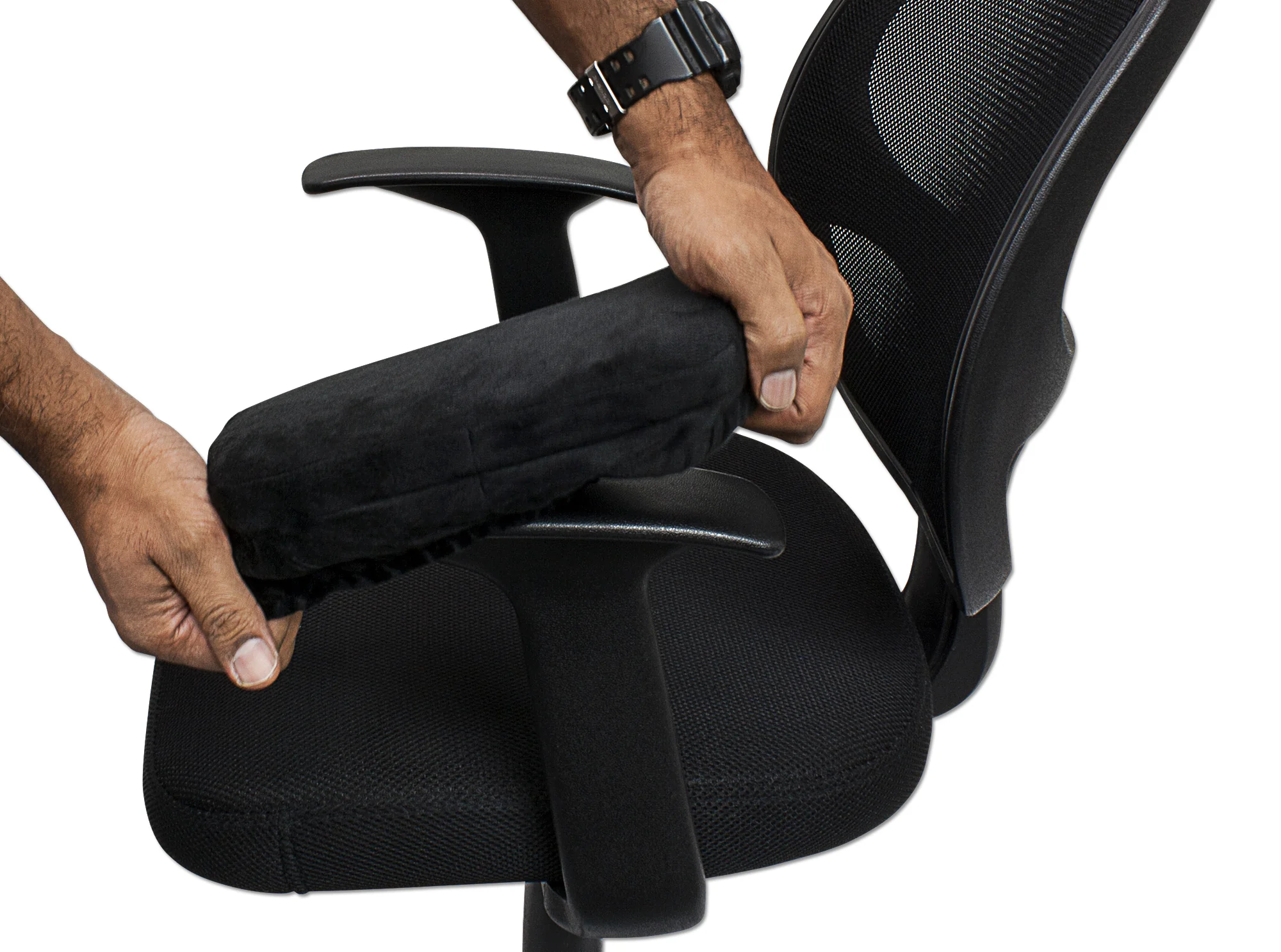
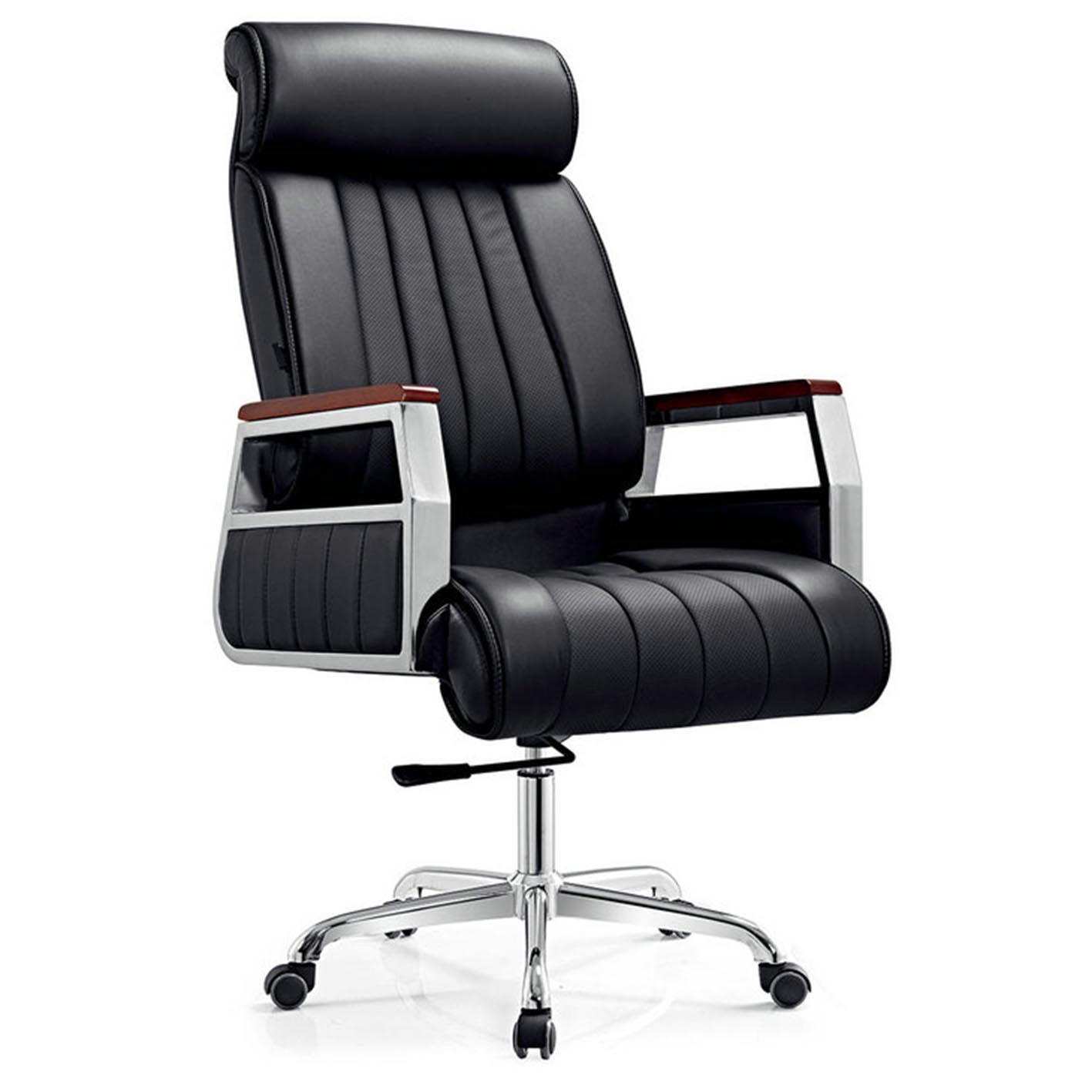

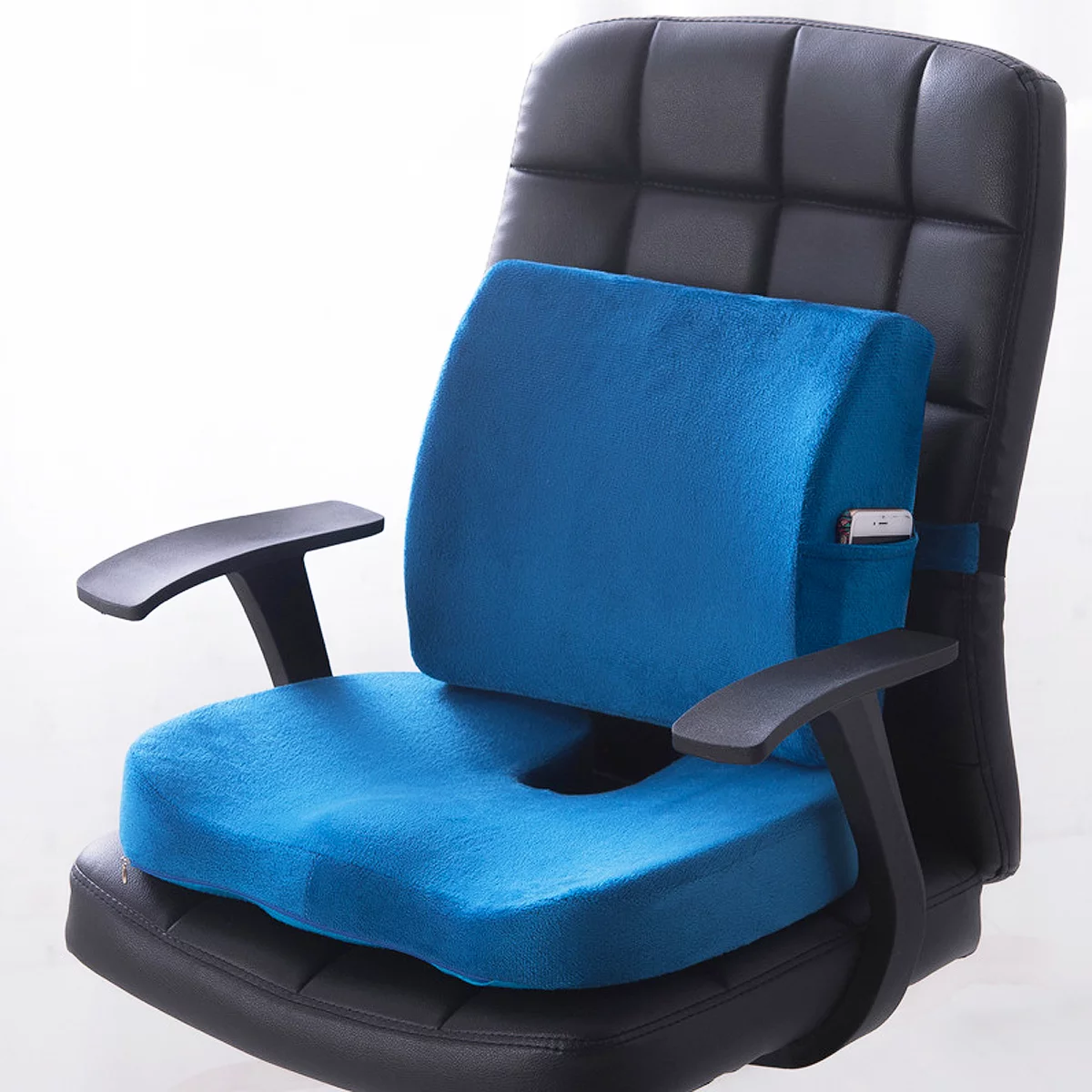
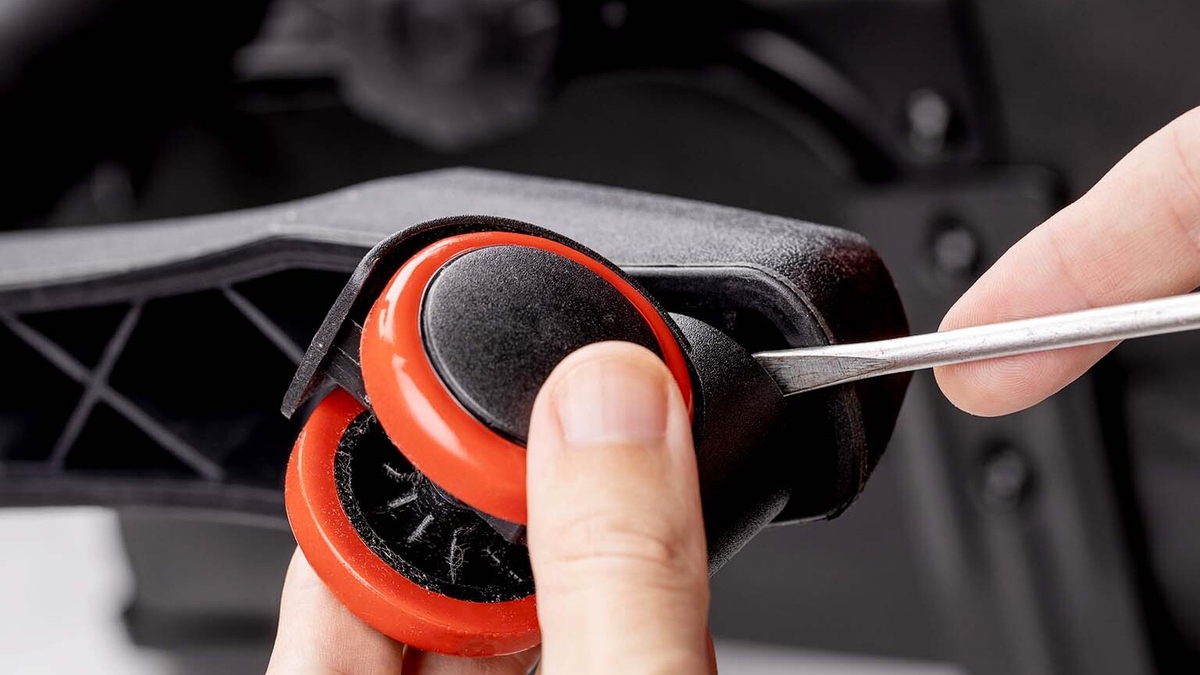
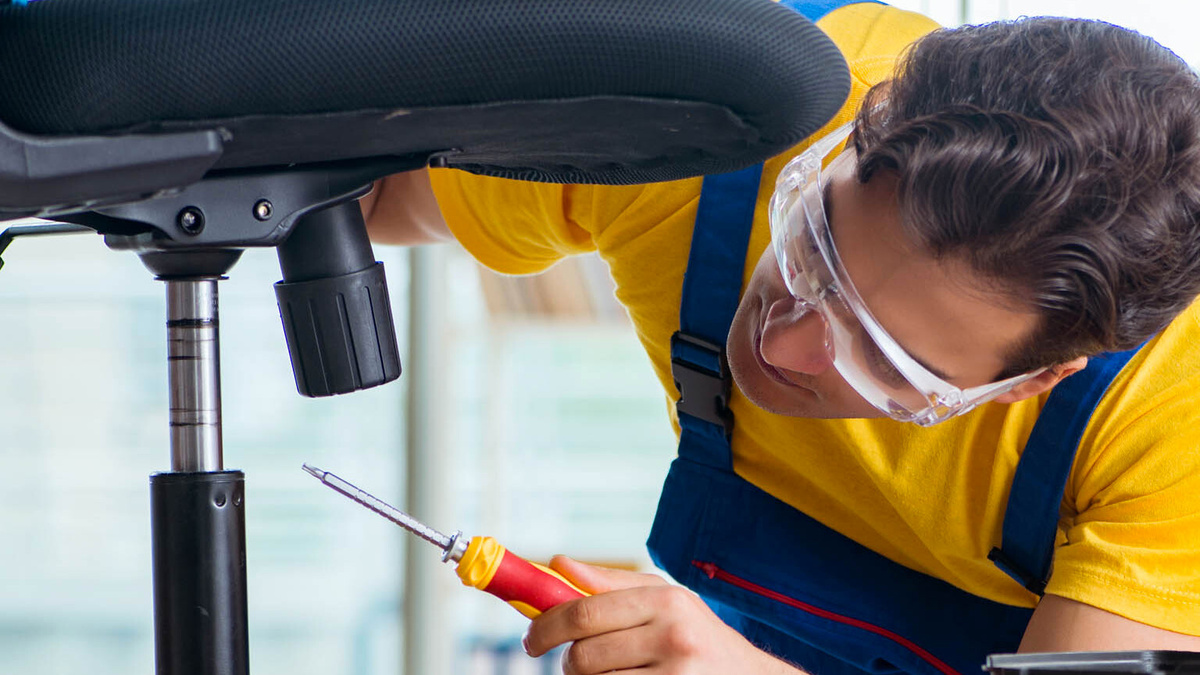
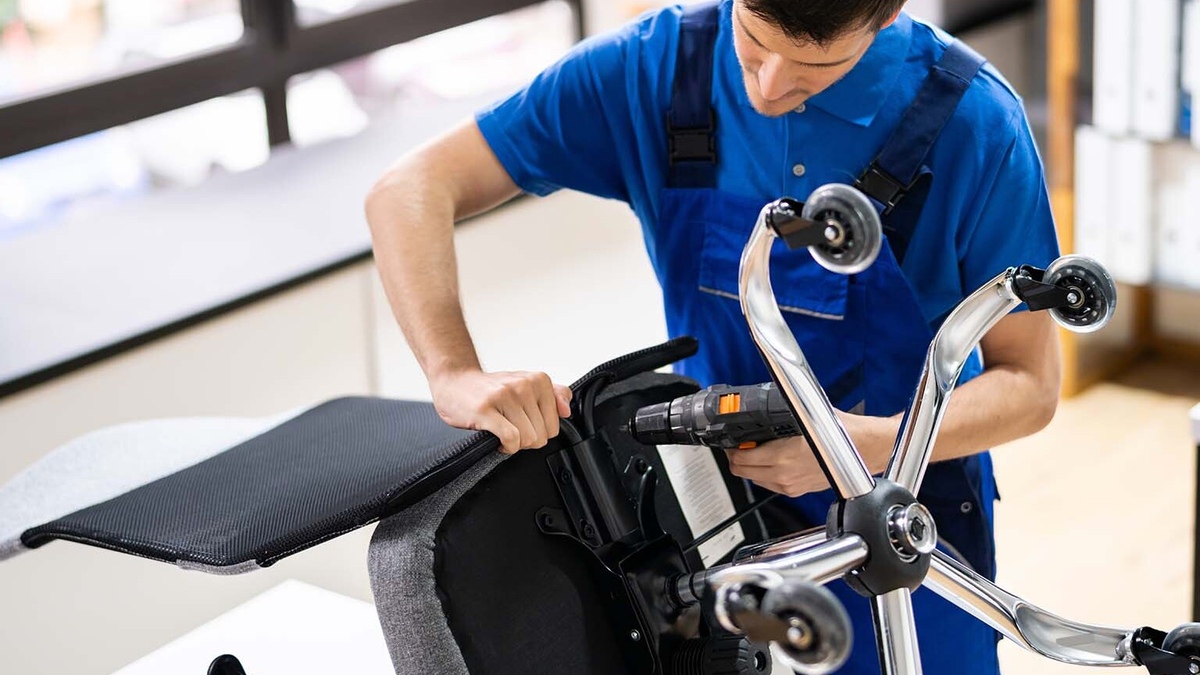
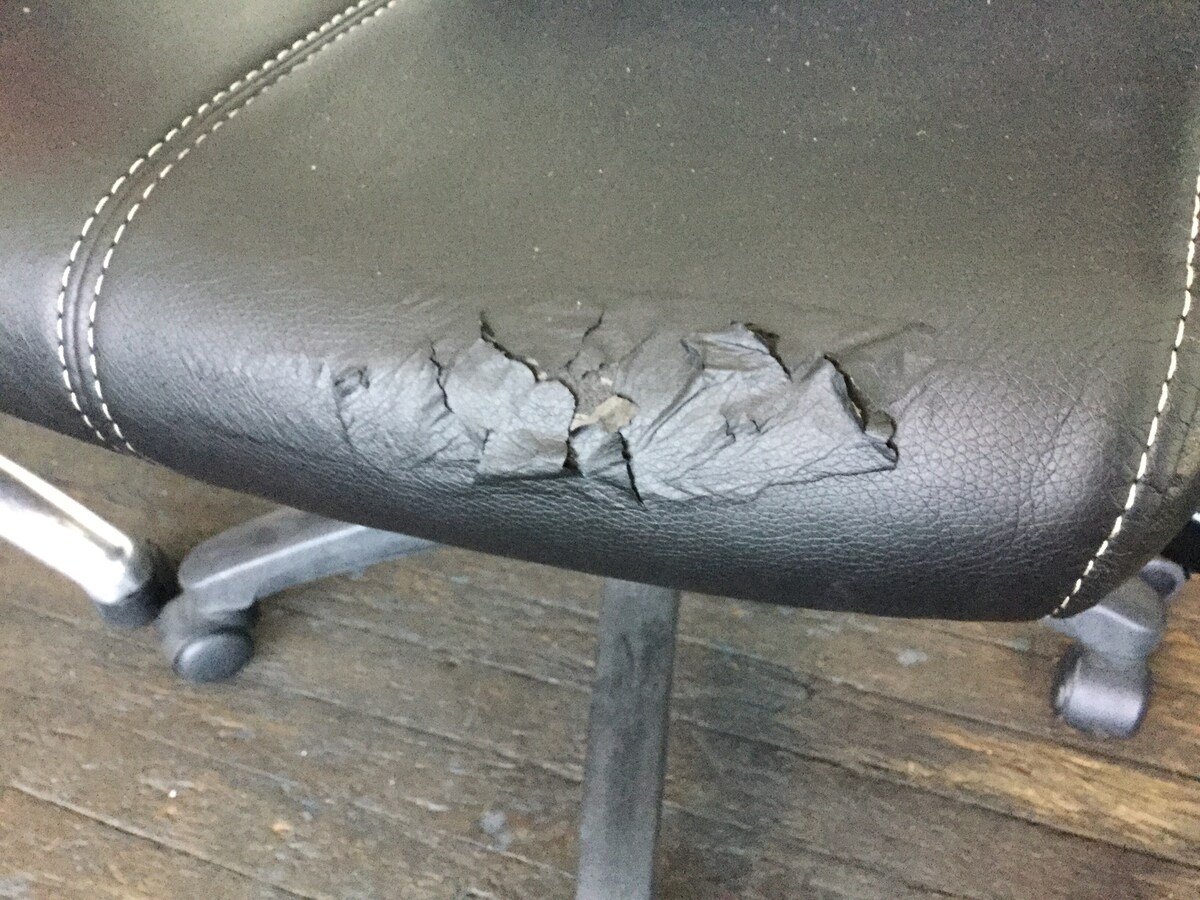
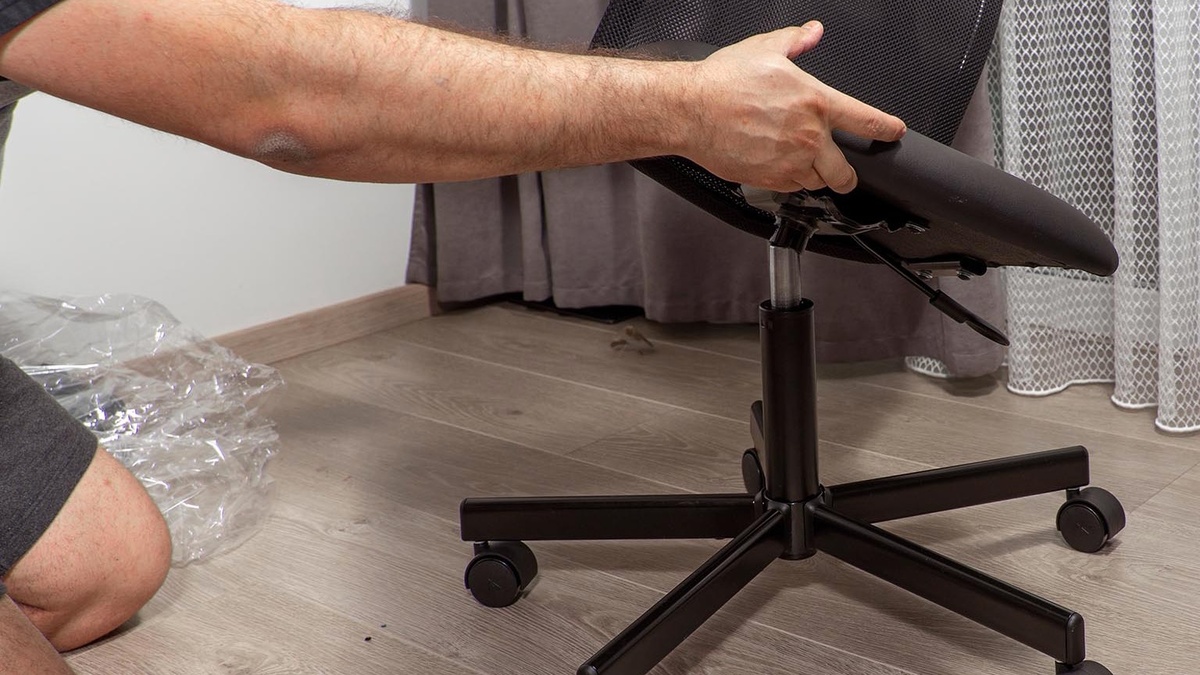
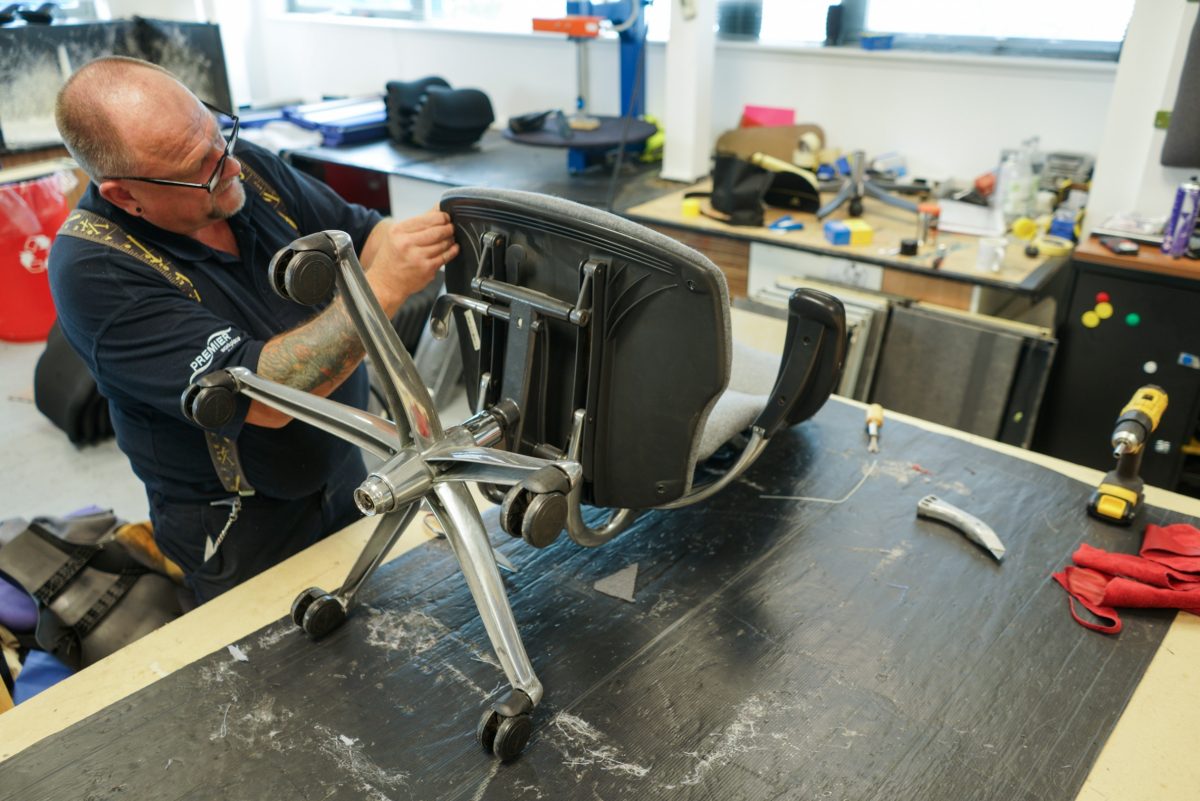

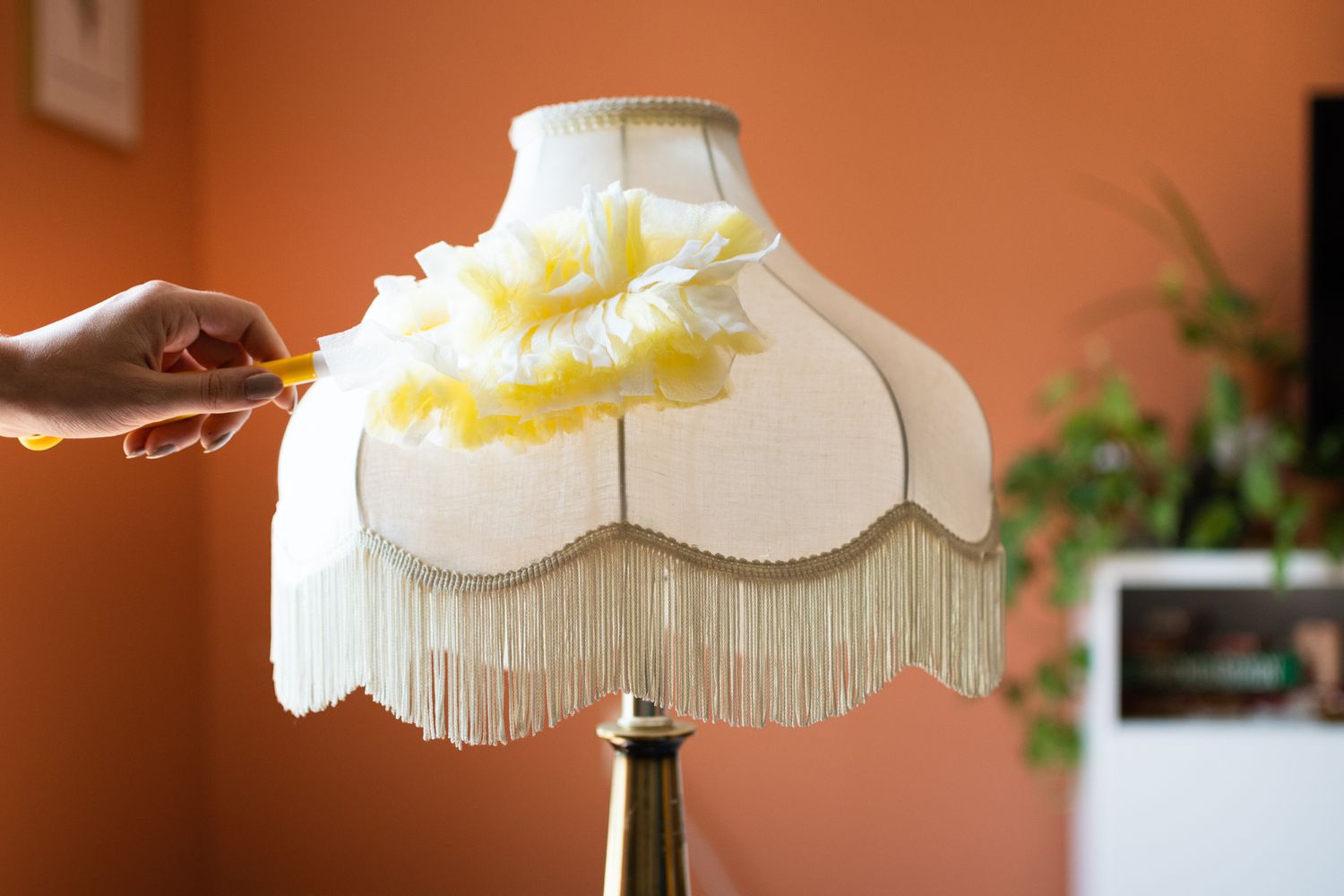
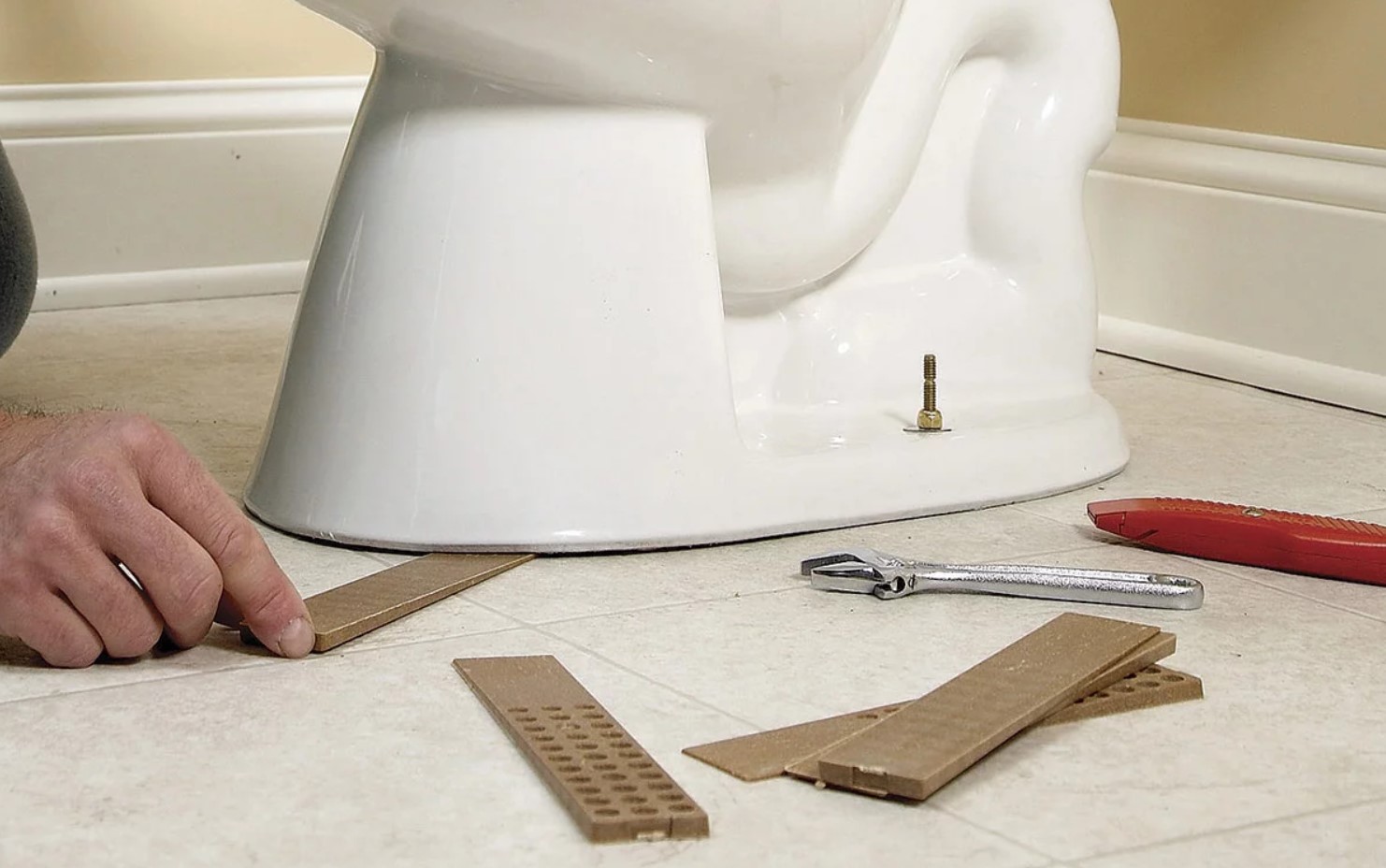


0 thoughts on “How To Fix A Wobbly Office Chair”